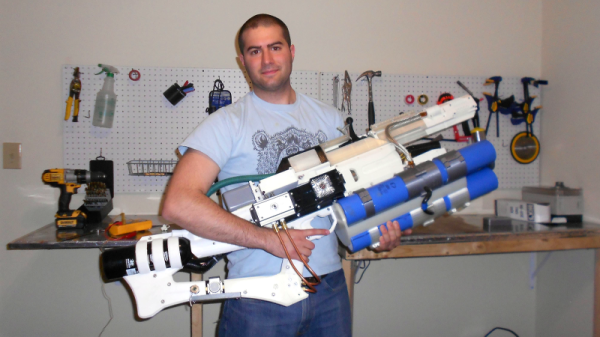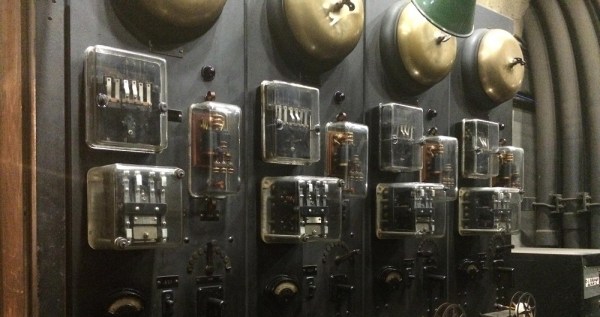[Bjarne Stroustrup] introduced C++ to the world on Monday 14th October 1985 at the ACM annual conference on “The Range of Computing”. On its 30th anniversary [Bjarne] reviewed the history, his experience, and his thoughts on the future of the language in an interview. Also on that day the first edition of his book, “The C++ Programming Language” was released. It’s now available in a 4th edition. The title differed only in the “++” from the classic C book by [Kernighan] and [Ritchie] that graced the desktops of a multitude of C programmers.
The first versi ons of C++ were compiled with CFront, a compiler that generated C code which was then compiled as normal. Around the 1990s, it’s unclear when, numerous native compilers became available, notably for PCs, which lead to explosive growth from 400,000 users to an estimated 4.4 million today.
ons of C++ were compiled with CFront, a compiler that generated C code which was then compiled as normal. Around the 1990s, it’s unclear when, numerous native compilers became available, notably for PCs, which lead to explosive growth from 400,000 users to an estimated 4.4 million today.
One of the frustrations [Stroustrup] expresses is how C++ is viewed by developers,
… a problem that has plagued C++ forever: Poor teaching and poor understanding of C++ even among its practitioners. There has always been a tendency to describe C++ as some odd variant of something else.
Soon the standards committee is meeting to discuss C++17 in Hawaii. Fair winds and bright skies look to be in the future of C++.



 Behind the clock is an Arduino driving a MAX7219 LED controller. Using the MAX7219 was a challenge because it expects a grid of LEDs while the clock needs a linear array. [Dylan] used a line of individual LEDs wired to match what the controller wanted. A rotary encoder tells the processor the position of the arm so the Arduino sketch can determine which LEDs should be lit to show the time and clock face.
Behind the clock is an Arduino driving a MAX7219 LED controller. Using the MAX7219 was a challenge because it expects a grid of LEDs while the clock needs a linear array. [Dylan] used a line of individual LEDs wired to match what the controller wanted. A rotary encoder tells the processor the position of the arm so the Arduino sketch can determine which LEDs should be lit to show the time and clock face.
 Most spy movies (at least the ones worth their salt) will include a few scenes that depict nerds in a van listening in on conversations remotely and causing the victims phones to do things like turn themselves or their cameras on. We have been made to believe that it takes an entire van of equipment and one or two MIT level hackers to pull this off. Turns out all it takes is about $2300, some know how, and an unsuspecting target with a set of microphone-equipped headphones attached to their phone.
Most spy movies (at least the ones worth their salt) will include a few scenes that depict nerds in a van listening in on conversations remotely and causing the victims phones to do things like turn themselves or their cameras on. We have been made to believe that it takes an entire van of equipment and one or two MIT level hackers to pull this off. Turns out all it takes is about $2300, some know how, and an unsuspecting target with a set of microphone-equipped headphones attached to their phone.













